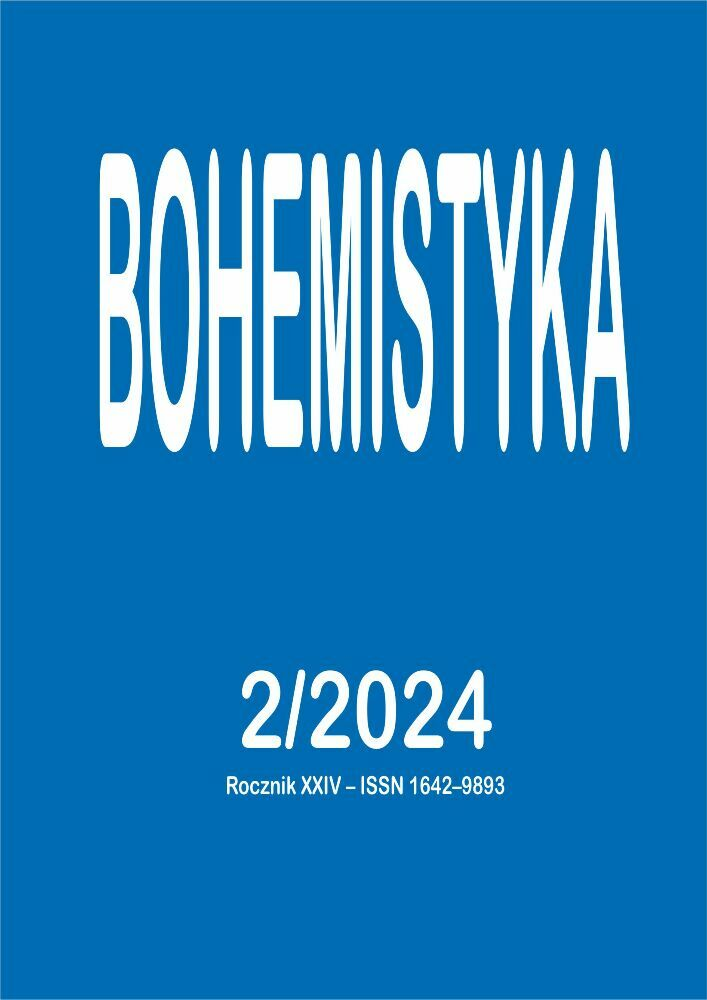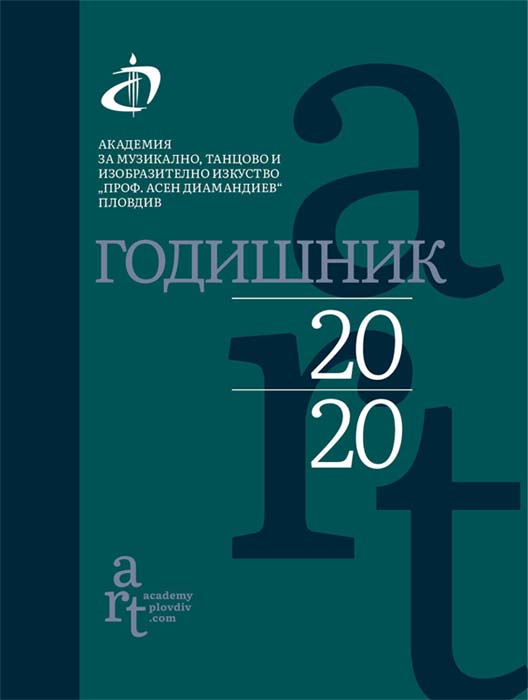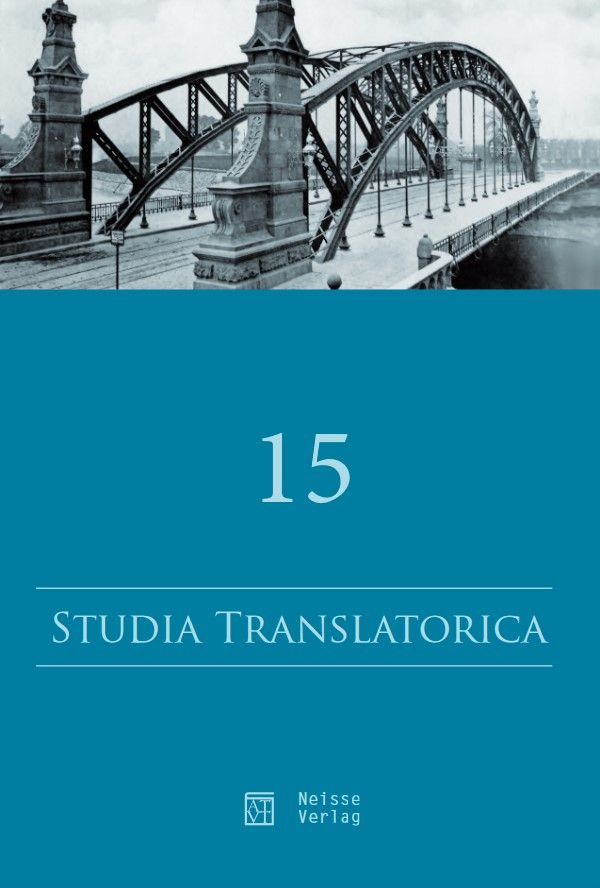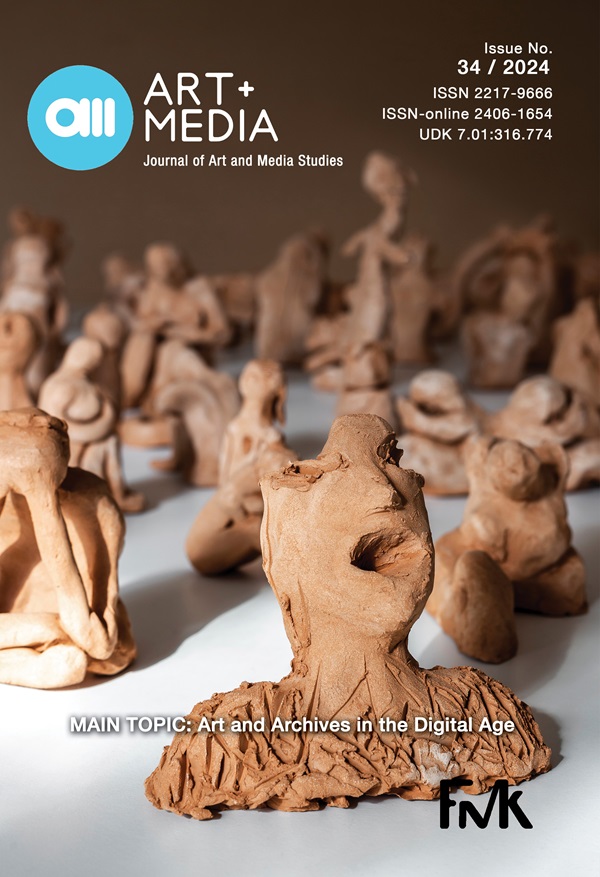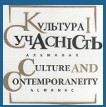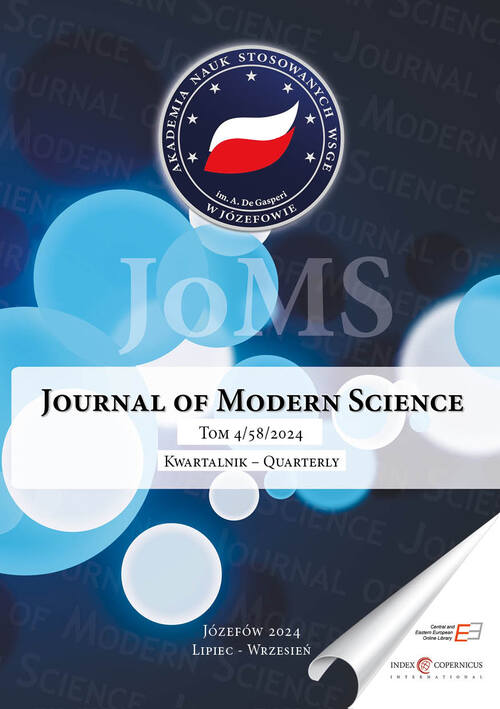
Architektura i sztuka we współczesnej rzeczywistości szkoły podstawowej
Proces nauczania w szkole podstawowej jest ważnym elementem kształtującym osobowość młodego człowieka, gdzie przez ciekawość dostarczona zostaje mu wiedza, wrażenia zmysłowe i estetyczne. Edukacja plastyczna odgrywa istotną rolę w procesie rozwijania wyobraźni, kreatywności i zdolności manualnych. Podręczniki do nauki plastyki są kluczowym narzędziem w nauczaniu sztuki i architektury. Celem artykułu jest analiza podręczników do nauki plastyki wydanych w ostatnich 5 latach dla szkół podstawowych zatwierdzonych przez MEN. Przeanalizowano treść oraz zamieszczony materiał ilustracyjny z czterech dostępnych wydawnictw. Zebrane informacje zestawiono z tym co znane, popularne i chętnie odwiedzane przez turystów na całym świecie. W artykule zwrócono uwagę na obiekty architektury sakralnej, uznając je za wartościowe dziedzictwo kulturowe. Analiza podręczników do nauki plastyki wykazała, że zamieszczone ilustracje oraz informacje w poszczególnych wydawnictwach są dość mocno zróżnicowane, choć poruszane są te same zagadnienia plastyczne. Treść podręczników powinna być spójna, poparta znanymi przykładami będącymi charakterystycznymi ikonami pewnych nurtów w sztuce i architekturze. Zadaniem powinno być zwrócenie uwagi młodego człowiek na kulturowe, społeczne, technologiczne, ekonomiczne i ekologiczne znaczenia sztuki i architektury. Powinny uczyć świadomej percepcji, selektywnego i krytycznego wyboru, jak również dystansu do samego siebie. Znaczenie edukacji plastycznej jest istotne, gdyż pełni rolę integrującą wobec innych dziedzin.
More...
